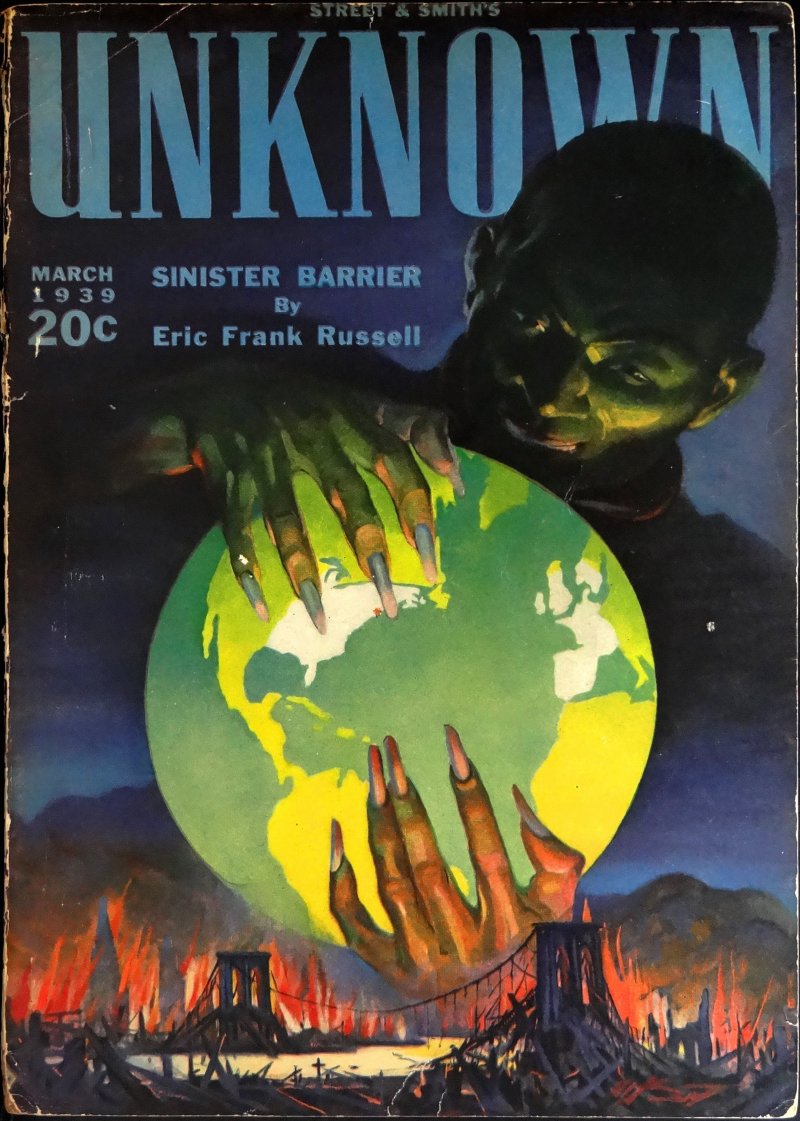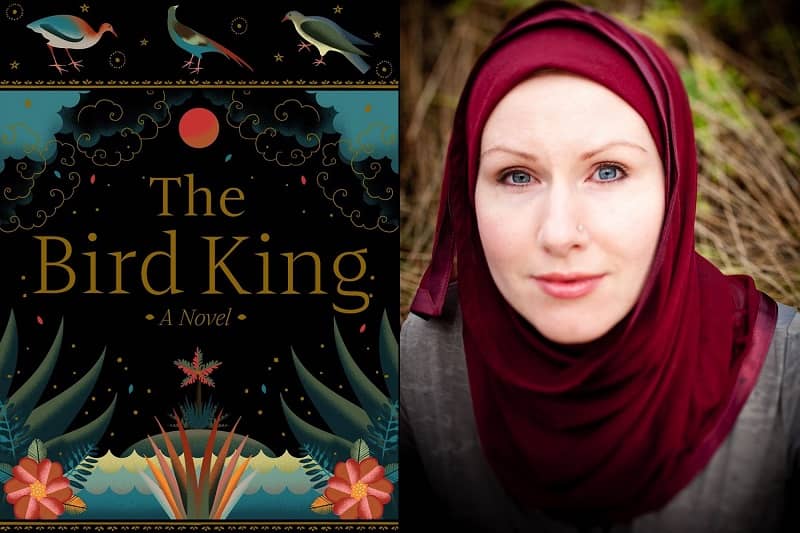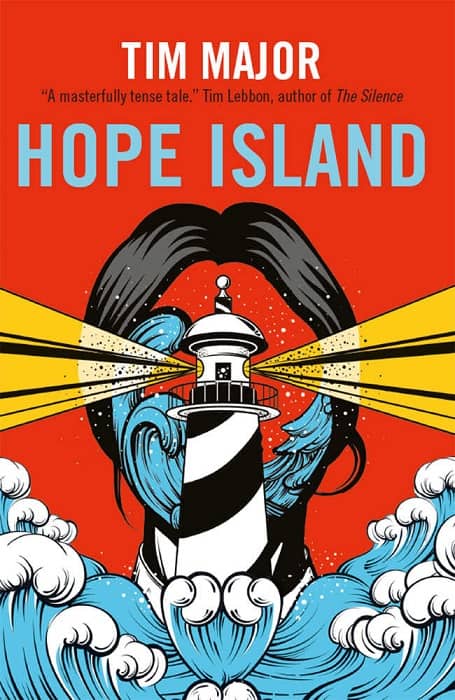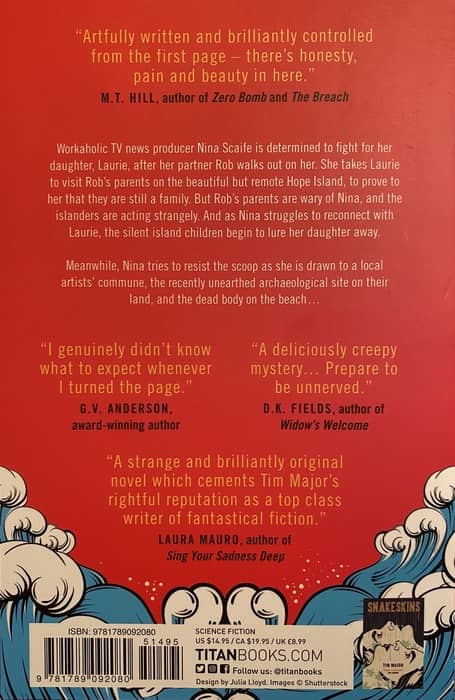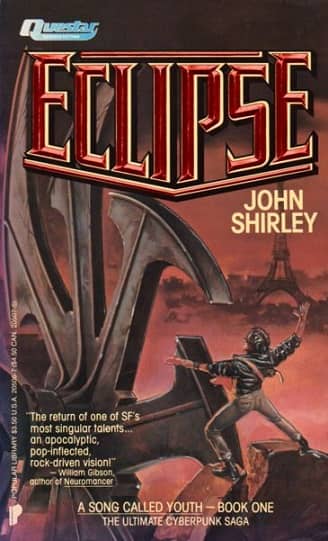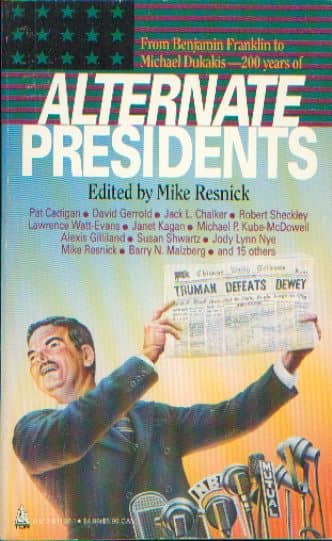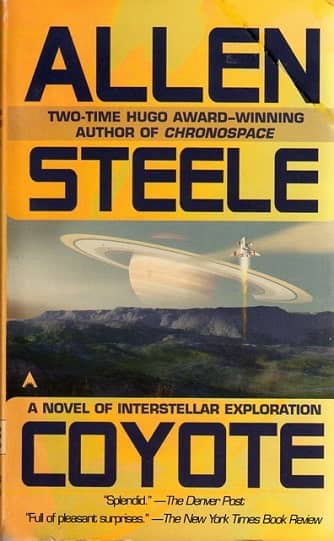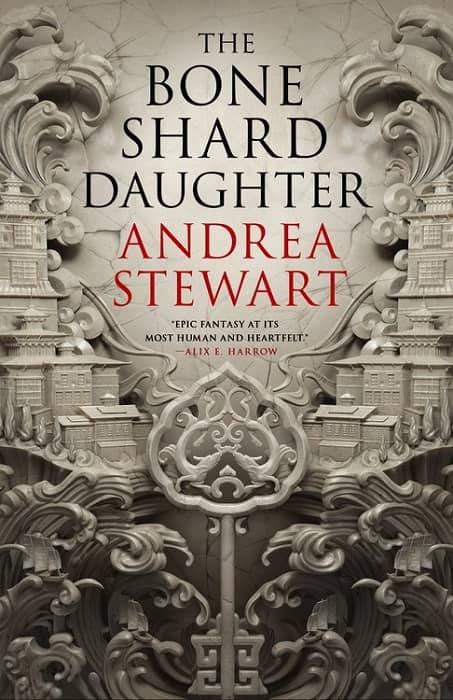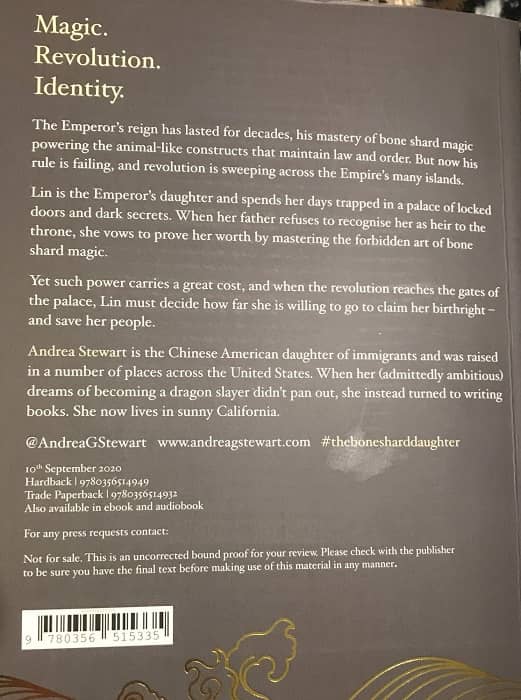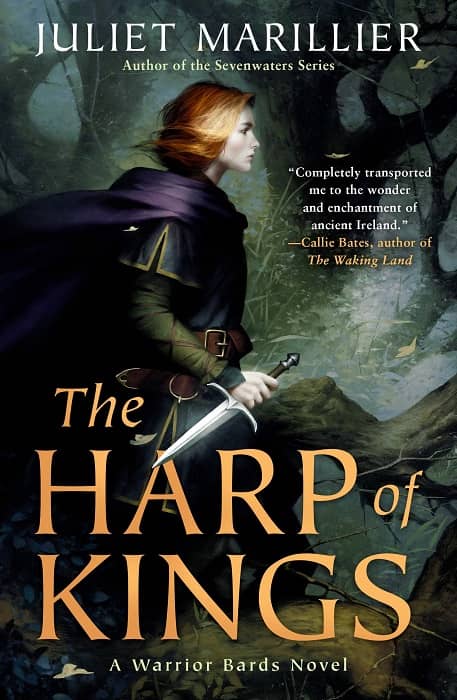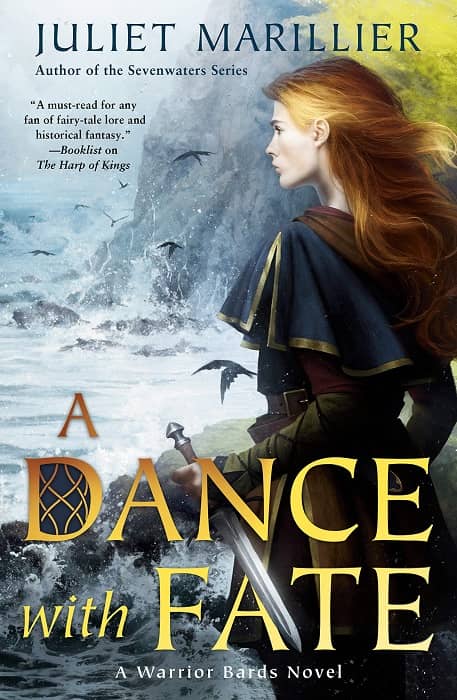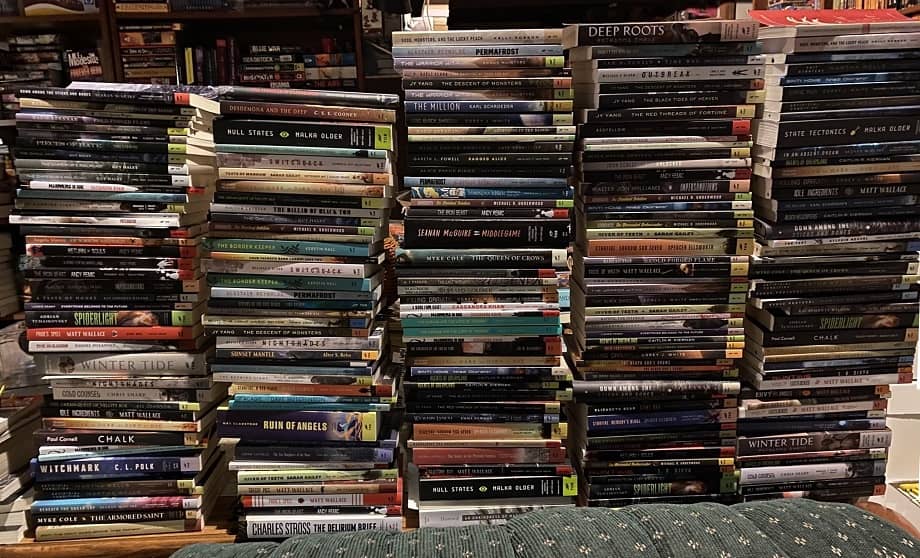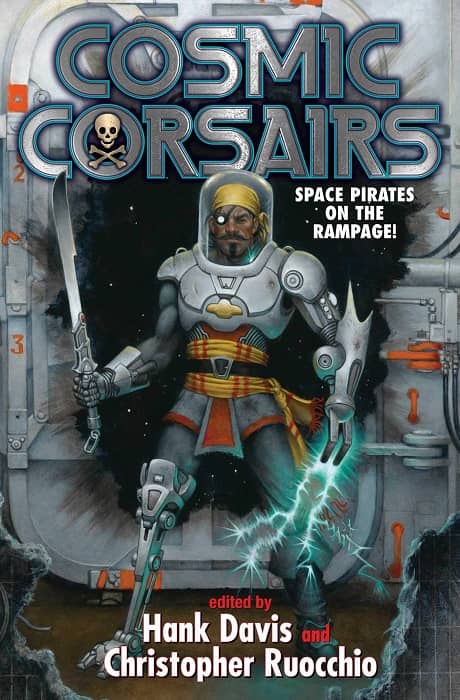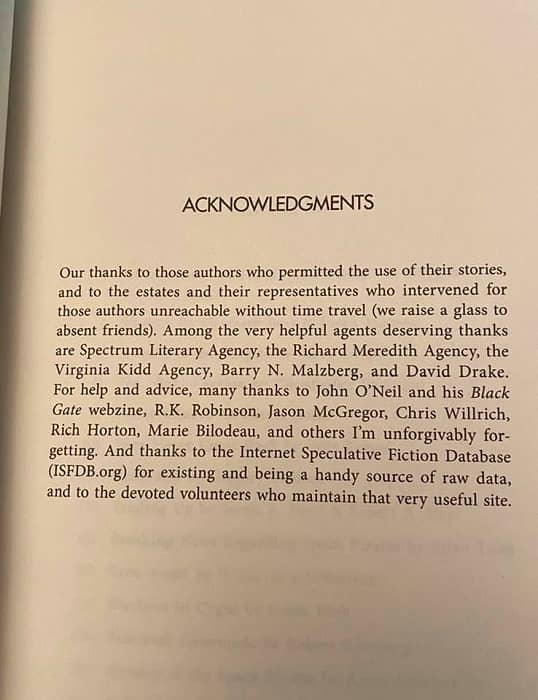Vintage Treasures: So Bright the Vision by Clifford D. Simak
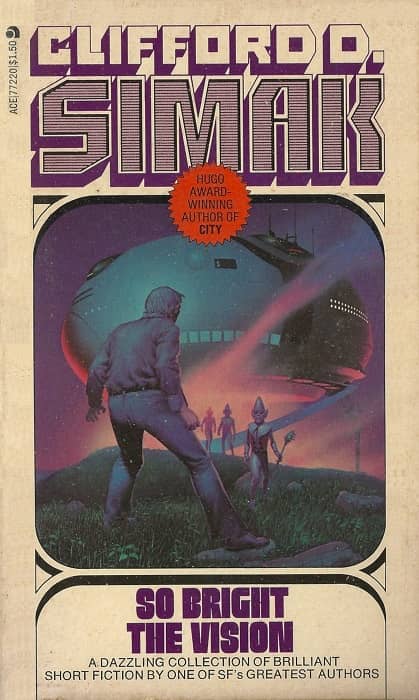 |
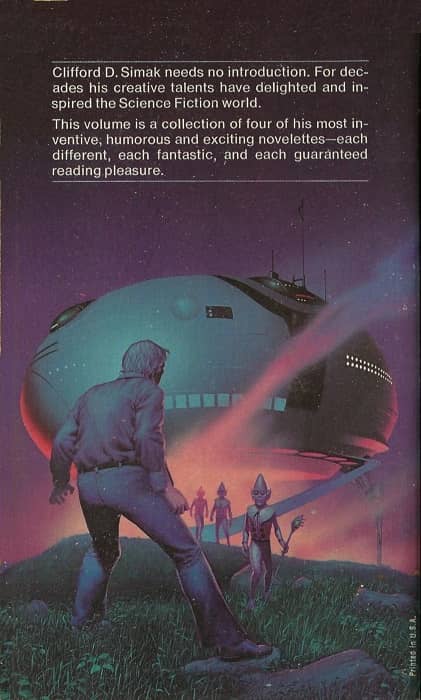 |
So Bright the Vision by Clifford D. Simak (Ace, 1976). Cover uncredited, but likely Michael Whelan
Over the last few weeks I heartily enjoyed writing a pair of lengthy articles on the way Berkley Books packaged and marketed Poul Anderson in 1976-79, and Ace Books did the same thing with Robert Silverberg in 1977. I think I had so much fun because it allowed me to indulge in my favorite past time (obsessing over old paperbacks) for hours, and dress it up as legit research. Yes, I did relentlessly track down every single Poul Anderson paperback published by Berkley in the 70s, including The High Crusade, even though I already had four editions of that damn book. But I did it for science. Well, paperback science. Which is totally a thing, and not a form of hoarding or mental illness or anything. Look, I have these scholarly articles to prove it.
In any event, my thoughts have now turned to what author/publisher combo I should examine next (for science, naturally). There are lots of possibilities of course, but ideally it should be a terrific writer, paired with a cover artist who knocked it out of the park. And the more I think about it, the more I think it should be the four Clifford D. Simak paperbacks published by Ace in a single month in September, 1976.
Simak had been a steadfast earner at Ace for decades, but despite having many of his titles in their back catalog, they’d never done any author branding for him. When the Ace editorial team simultaneously secured the rights to a set of Simak reprints in 1976 — City, So Bright the Vision, The Trouble with Tycho, and Time and Again — they gave him a consistent cover design for the first time, and paired him with a young 26-year old up-and-coming artist named Michael Whelan, who’d done only four previous covers for Ace in his short career.
Needless to say, Whelan did indeed knock it out of the park, delivering iconic illustrations for all four books. Well unofficially, anyway. Because while the cover art for the sole collection in the set, So Bright the Vision, is clearly by Michael Whelan, officially the cover artist remains unidentified.
